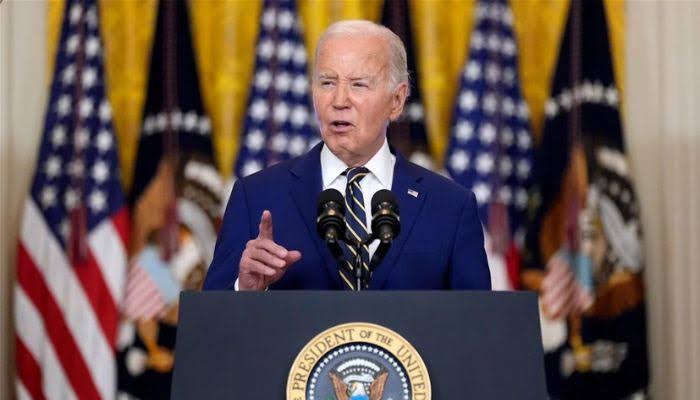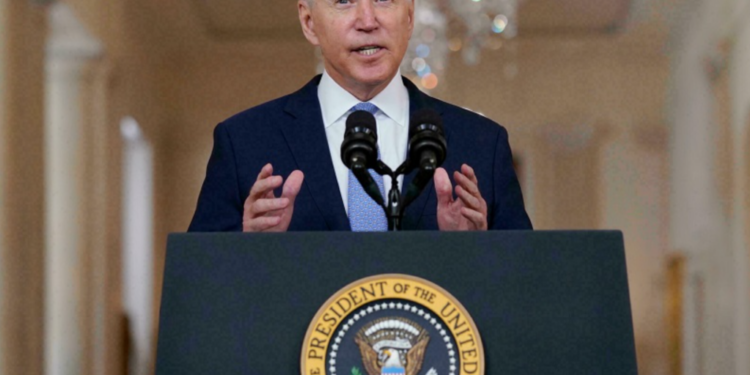Jamal Simmons, former communications director for Vice President Kamala Harris, made a striking public appeal for President Joe Biden to step down. Simmons suggested Biden resign within 30 days, allowing Harris to become the first female president in U.S. history before the scheduled transfer of power to President-elect Donald Trump.
A Legacy Move for Biden?
Appearing on CNN’s State of the Union, Simmons praised Biden’s accomplishments, calling him a “phenomenal president” who fulfilled many promises. However, he hinted that Biden could take a final “transitional” step, allowing Harris to make history. “There’s one promise left that he could fulfill,” Simmons stated. “He could resign the presidency in the next 30 days, making Kamala Harris President of the United States.”

Why It Matters
This suggestion, coming so close to the handover to Trump—who won a decisive victory over Harris in the recent election—sparks debate on whether such a move would be significant or merely symbolic. Supporters argue it could secure Harris’s legacy as a trailblazing figure. However, critics note the timing would limit her tenure to a ceremonial role with minimal impact, risking the perception of a “token” legacy rather than a substantive leadership milestone.
Mixed Reactions from Political Analysts
Political analysts are divided on Simmons’ proposal. Some see it as a symbolic but powerful statement that would resonate in U.S. history, while others caution it could diminish the democratic process and appear as a hollow gesture rather than a true victory. Given the proximity to Trump’s impending inauguration, some believe it could undermine the significance of Harris’s potential ascension.
Bottom Line
Simmons’ remarks add a complex layer to Biden’s final weeks in office, raising questions about legacy, symbolism, and the true value of historic firsts in politics. While the idea holds a certain appeal, the implications of such a move remain deeply contested, leaving Biden with a decision that could redefine his—and Harris’s—place in U.S. history.














